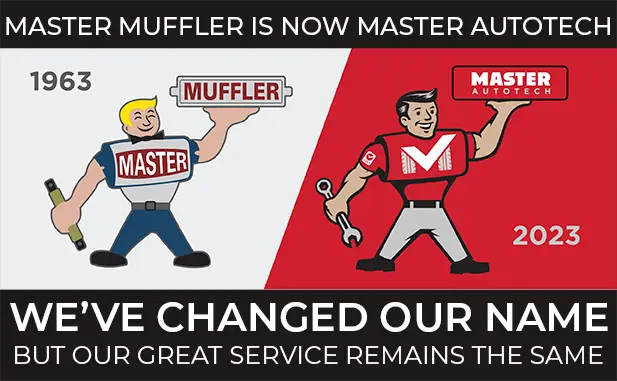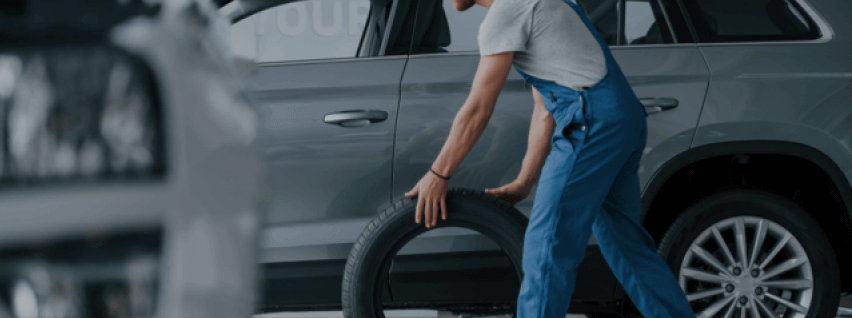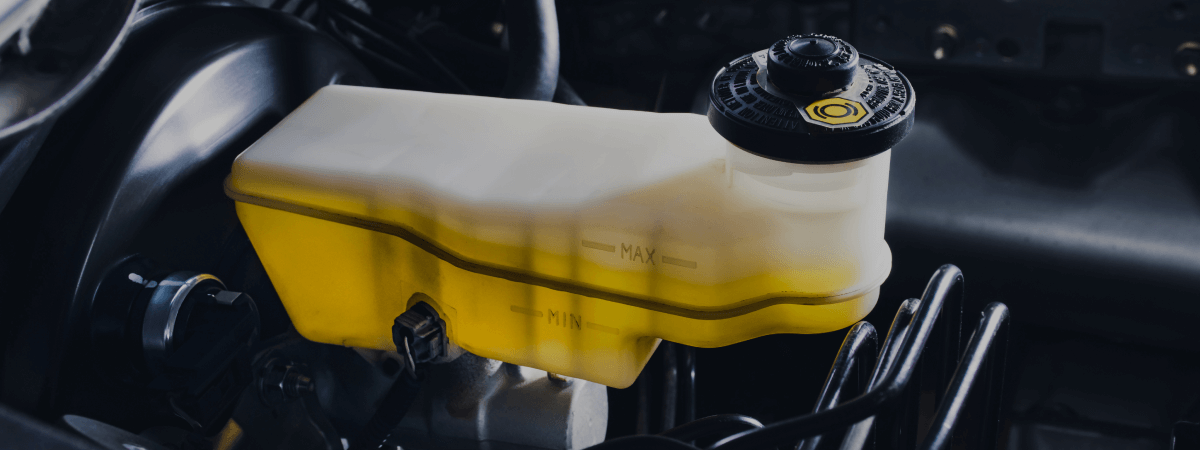Most of us drive our cars without thinking too much about the mechanics of how our car is getting us down the road. When a car is going straight down the road, all four wheels turn at the same speed. When we turn, some wheels have to turn faster than others.
Cars with rear wheel drive or front wheel drive really only have one wheel that gets the thrust of the power to move the car down the road. The other tires turn freely, faster or slower as needed. On cars with an anti-spin differential, when the wheel receiving the power turns a lot faster than the opposite one (such as when you are on ice), a gear kicks into place allowing the opposite tire to receive the power and re-establish better traction.
Cars that are in All Wheel Drive all the time, have a special center differential that allows the front and rear axles to turn at different speeds when needed for turning corners. Without this component, the car would flip. This center differential isn’t activated all the time, it only kicks in when the axles are spinning at different rates.
When driving straight down the road the center differential is not needed and isn’t activated. However, if the front and rear wheels are different sizes, then the axles will be spinning at different speeds. This activates the center differential, causing undo wear on its components.
If you only replace one set of tires, the other set will be a slightly different size due to the wearing away of the rubber as you drive and brake. You might think it expensive to replace all four tires, when only the front ones have worn out. However, when you consider the cost of replacing or repairing the center differential instead, the new tires are the less expensive option.
Besides causing undo stress on the center differential, different sized tires also cause extra stress on your transmission and axles. Repairing any of these three components is a large expense. Tires are much less expensive by comparison.
AWD trucks can disengage their front wheels and run as rear wheel drives, so replacing all four tires at the same time isn’t as important in that situation. When the AWD system is engaged for use off-roading, the mud and terrain offset the size difference of the front and rear wheels. Other AWD vehicles don’t have that option, so having the same size tires is more important.
Related Posts
Key Takeaways On average, passenger vehicle tires last 40,000 to 60,000 miles, depending on type, driving habits, and maintenance. Replace tires when tread depth reaches 2/32”, if damaged, or older than 10 years. Regular rotation, alignment, and proper inflation extend tire life. Aggressive driving, poor roads, and harsh weather shorten tire lifespan. Take advantage [...]
When you think about car maintenance, you probably focus on oil changes, tire rotations, and maybe even brake pad replacement. But what about your brake fluid? If you’ve ever wondered, “What does brake fluid do?” or “Why is brake fluid important?”, you’re not alone. Brake fluid might not be the most talked-about part of [...]
Is that high-pitched squeal from your brakes driving you—and everyone else—crazy? Don’t ignore it. Squeaky brakes aren’t just annoying, they’re your car’s way of saying something needs attention. Whether you're cruising through Salt Lake City or winding up Idaho’s mountain passes, here’s what’s likely going on, how you can fix it, and when it [...]





